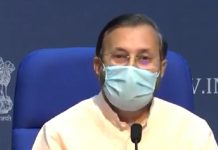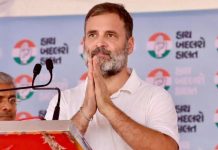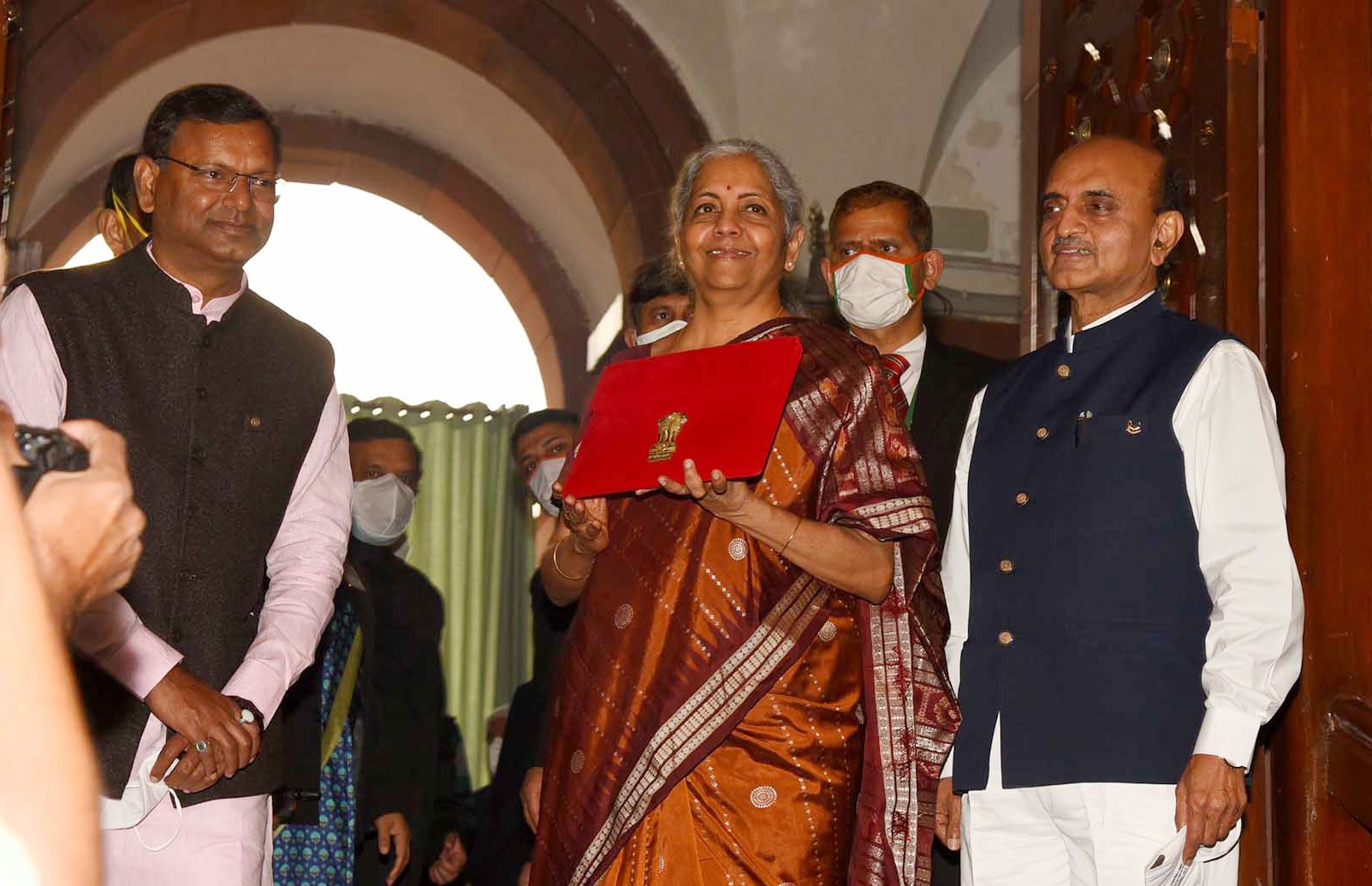
In a refreshing break from the past, the govt chooses to eschew populism ahead of Assembly polls. But has the FM done enough to kickstart the pandemic-hit economy? A report by Bharat Hiteshi
The much-hyped general budget is over and rightly it has avoided populism ahead of assembly elections and this is refreshing as it is a deviation from the past as budgets had more populism, big ticket announcements and less substance.
At ‘Aatmanirbhar Arthvyavastha’ event, Prime Minister, Narendra Modi termed Budget 2022 as a step towards a modern and self-reliant India. He observed that the Budget proposes to make a four-fold increase in public investments as compared to those in the UPA regime and that the measure will open up immense opportunities hailing the Union Budget as “people-friendly” and “progressive”. However, participating on the Motion of Thanks on the President’s Address in the Rajya Sabha, former PM Gowda observed that the allocation for agriculture in 2022-23 was reduced by 3.8 per cent as compared to the last fiscal noting that “India’s economy is based on agriculture that involves 50 per cent of the workforce of the country and contributes 70 per cent to the GDP”. He said the President’s Address was bereft of a road map to double farmers’ income. “Despite all odds such as climate change, flood, drought and declining groundwater level, farmers of the country produced 305 million tonnes of food grain and 320 million tonnes of fruits and vegetables in 2020-21 with an average growth of 2.3 per cent,” he said. He also referred to the reduction in budgetary allocation for the MGNREGA noting that “This is contrary to the goal of rural development”.
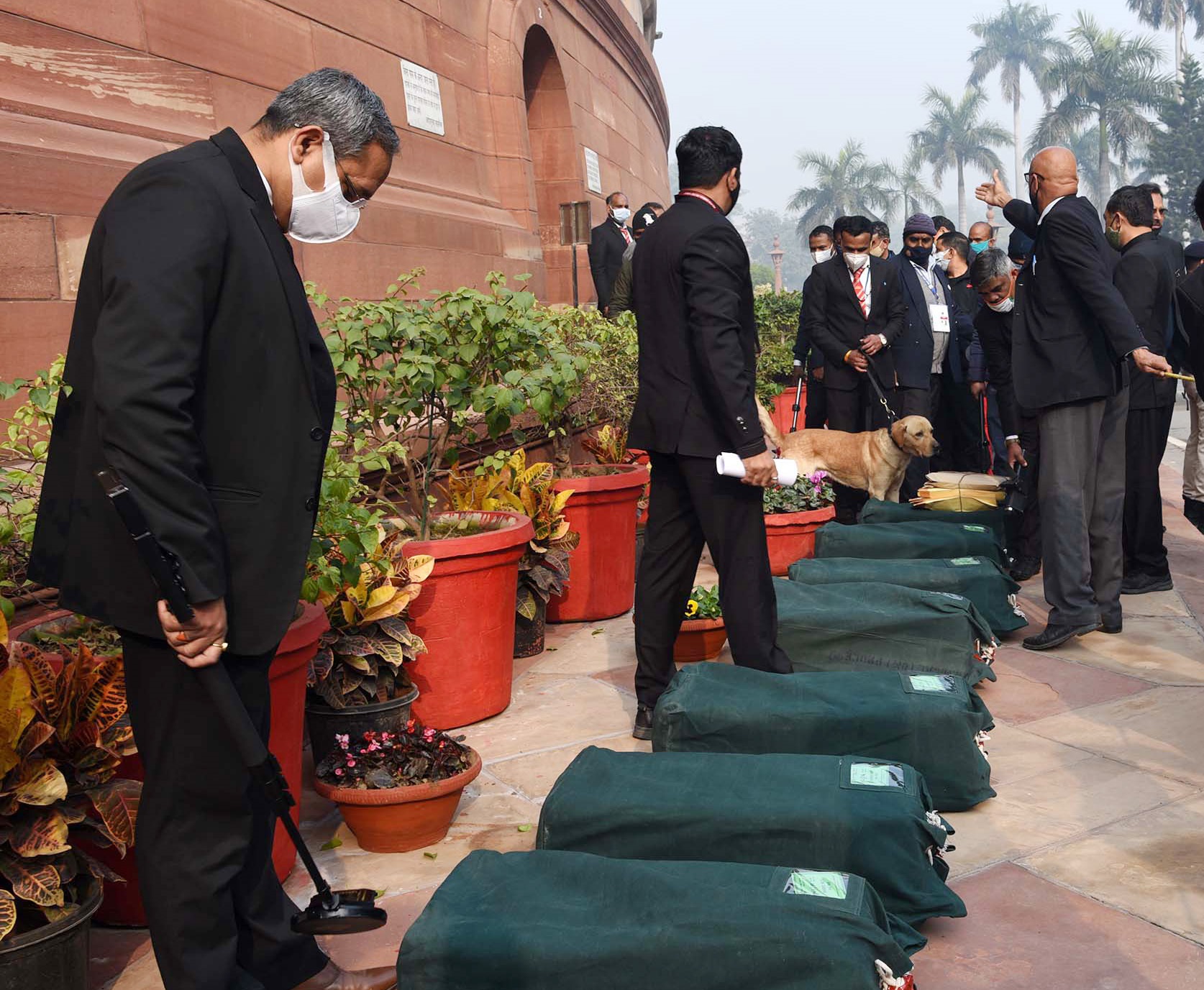
The International Monetary Fund has found the Union budget presented by Finance Minister Nirmala Sitharaman as a very “thoughtful policy agenda” for India while opposition Congress has termed the Union Budget 2022-23 announced as a “betrayal of India’s salaried and middle class”. At the same time, former Prime Minister HD Deve Gowda has said that reduction in the budgetary allocation for the agriculture sector was disappointing.
IMF gives a thumbs up
Significantly, the International Monetary Fund Managing Director Kristalina Georgieva had a word of praise for the Budget, “We have been projecting quite a robust growth for India. Yes, there is a small downgrade versus our previous projection from 9.5 per cent to 9 per cent for 2022”. We also have a small upgrade for 2023, because we think that we will see a stable growth not very different from (those projected by) the (Union) Minister of Finance,” Georgieva said during a virtual round table with a group of reporters. “We are very positive on the fact that India is thinking of addressing short-term issues, but also long-term structural transformation, and that there is a great deal of emphasis placed on innovation on research and development on human capital investment and digitalization, as well as thinking of how India can accelerate the climate change agenda using economic instruments for that,” Georgieva said.
Union Minister for Finance and Corporate Affairs Nirmala Sitharaman while presenting the Union Budget in Parliament pointed out that India’s economic growth in the current year is estimated to be 9.2 per cent, highest among all large economies. The overall, sharp rebound and recovery of the economy from the adverse effects of the pandemic is reflective of our country’s strong resilience.
However, Senior Jounalist K R Sudhaman, who has 40 years experience in journalism and has been editor in Press Trust of India, TickerNews and Financial Chronicle writing for IPA questions if the budget has done enough to kick-start the economy? And answers that the answer is not clear yet. This is because world over, the management of the economy is largely driven by the idea of dealing with crisis and how to manage and tackle crisis rather than bringing about long-term stability to the economy.
There are no doubt ups and downs in any economy due to business cycles and unforeseen developments like the recent Covid pandemic. So as a result of the effort, world over, particularly in democracies, the attempt is to tackle only immediate problems and that too quickly. As a result there is a tendency to opt for quick-fix solutions, which are painless, by adopting expansionist and contractionist fiscal and monetary policies resulting in the economy being always in the state of flux.
It is time economists ponder over this matter and attempt to move towards a stable economic situation irrespective of the emerging situation. In the case of India the only time long lasting economic reforms were attempted was in 1991 when the economy faced a major crisis, forcing the government to come out with such policies that worked for long-term good of the economy. It was not only P V Narasimha Rao, who started it, but also continued by his successors, Deve Gowda, I K Gujral and Atal Behari Vajpayee. In fact Manmohan Singh, who was the main architect of 1991 reform as finance minister, could not carry forward reforms with the same zeal as Prime Minister, partly due to compulsions of coalition politics and his inability to manage the Political economy like Narasimha Rao or Vajpayee.
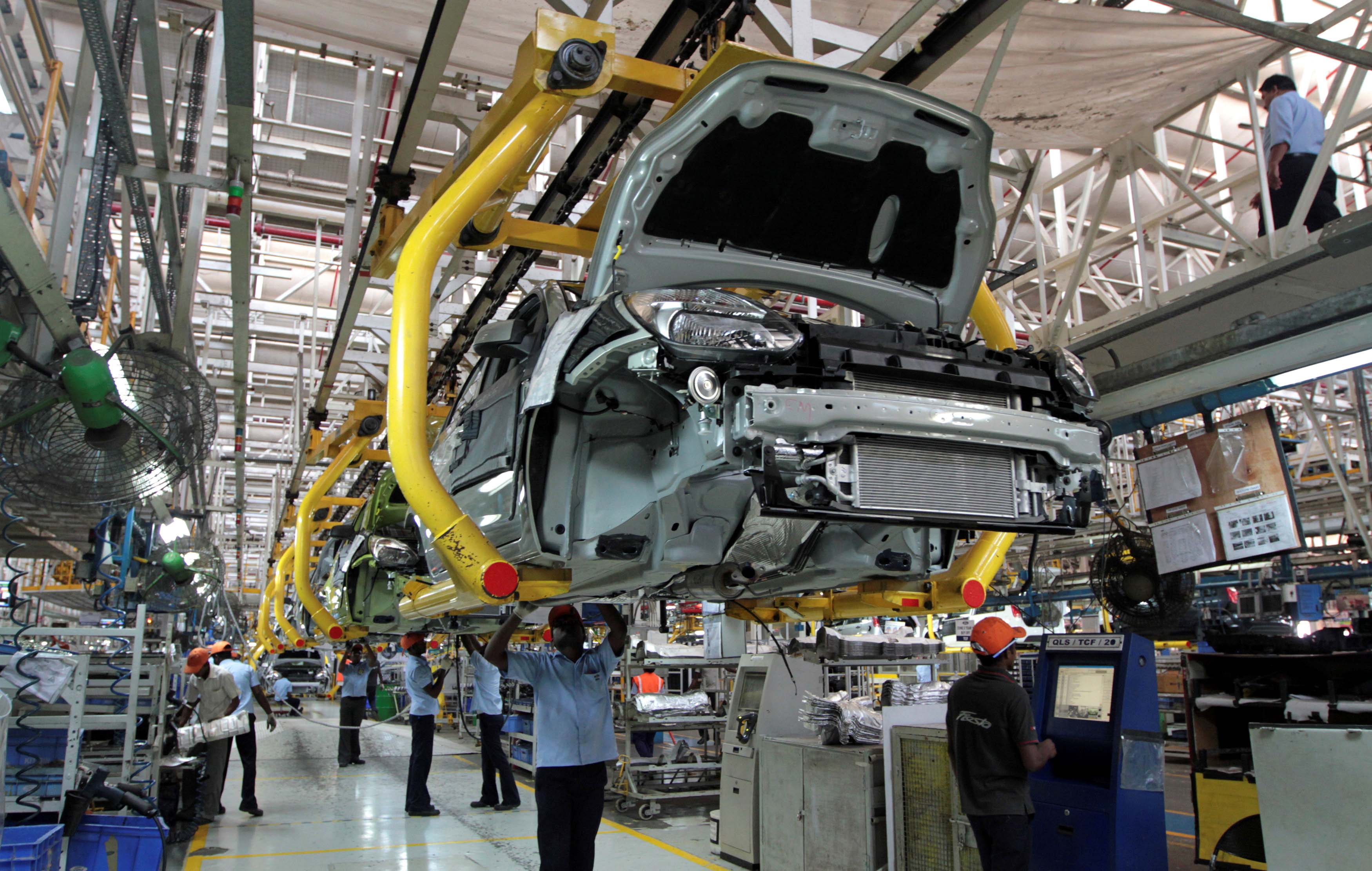
So what is important is proper management of the political economy. This is critical for ensuring sound and stable economic policies. This ensures macro-economic fundamentals are strong to weather the ups and downs of business cycles and unforeseen crises. The questions therefore are we moving towards that the answer is a certain no as world over economists do not think long-term. As Maynard Keynes once said during the great depression of the 1930s that in the long term “we are all dead”. That is true, but if we have to take care of subsequent generations, there has to be a long term stability. Hence policies have to be evolved to ensure that long term issues are addressed even while short-term economic issues are dealt with for immediate solutions.
Former RBI Governor and economist Raghuram Rajan is right when he says one of the reasons why emerging markets have swung from crisis to crisis is that they failed to achieve consensus among political parties to establish and back mechanisms irrespective of their own immediate political priorities. Recent History shows that developed economies, too, are becoming less tolerant of pain, because their own political consensus has eroded. In the past, advanced economies created mechanisms that allowed them to make hard choices when necessary and that included independent central banks and mandated limits on budget deficits. That is given a go by even in advanced economies now.
Elaborating, Rajan says in an article that financial markets have become volatile once again, owing to fears that the US Federal Reserve will have to tighten its monetary policy significantly to control inflation. But many investors still hope that the Fed will go easy if
asset prices start to fall substantially. If the Fed proves them right, it will become that much harder to normalize financial conditions in the future. Investor’s hope that the Fed will prolong the party is not baseless, he said citing in late 1996, Fed chair Alan Greenspan warned of financial markets’ irrational exuberance. But the markets shrugged off the warning and were proved correct. Perhaps chastened by the harsh political reaction to Greenspan’s speech, the Fed did nothing. And when the stock market eventually crashed in 2000, the Fed cut rates, ensuring that the recession was mild.
As Manmohan Singh and Rajan say there are no free lunches. It is true any free lunch comes with a cost and it is time that both central and state governments shun freebies and populist measures to get votes rather than focusing permanent well-being of the economy. This has resulted in perpetual macroeconomic instability both in advanced and emerging economies for short-term benefits. It is time economists and politicians ponder over this matter and take steps to work towards stable economies world over so that nations do not move over from crisis to crisis. Some decisions will have to be painful so that economies, particularly India, do not move towards high fiscal deficits, high debt and runaway inflation.
PLI to create 60 lakh new jobs
The Finance Minister informed that the Productivity Linked Incentive (PLI) in 14 sectors for achieving the vision of Atmanirbhar Bharat has received excellent response, with potential to create 60 lakh new jobs, and an additional production of Rs 30 lakh crore during next 5
years. Dwelling on the issue of implementation of the new Public Sector Enterprise policy, she said the strategic transfer of ownership of Air India has been completed, the strategic partner for NINL (Neelanchal Ispat Nigam Limited) has been selected, the public issue of the LIC is expected shortly and others too are in the process for 2022-23.
She emphasized that this Budget continues to provide impetus for growth. It lays a parallel track of (1) a blueprint for the “Amrit Kaal”, which is futuristic and inclusive, which will directly benefit our youth, women, farmers, the Scheduled Castes and the Scheduled
Tribes. And (2) big public investment for modern infrastructure, readying for India at 100 and this shall be guided by PM GatiShakti and be benefited by the synergy of multi-modal approach. GatiShakti, is driven by seven engines, namely, Roads, Railways, Airports, Ports,
Mass Transport, Waterways, and Logistics Infrastructure. All seven engines will pull forward the economy in unison. The PM GatiShakti Master Plan for Expressways will be formulated in 2022-23 to facilitate faster movement of people and goods. The National Highways
network will be expanded by 25,000 km in 2022-23 and Rs 20,000 crore will be mobilized through innovative ways of financing to complement the public resources.
In Railways, the Finance Minister said that ‘One Station-One Product’ concept will be popularized to help local businesses & supply chains. Moreover, as a part of Atmanirbhar Bharat, 2,000 km of network will be brought under Kavach, the indigenous world-class technology for safety and capacity augmentation in 2022-23. She also informed that four
hundred new-generation Vande Bharat Trains with better energy efficiency and riding experience will be developed and manufactured and one hundred PM GatiShakti Cargo Terminals for multimodal logistics facilities will be set up during the next three years.
There is Budget announcement that the Government proposes to conduct the “required spectrum auctions” in 2022 to facilitate the roll-out of 5G mobile phone services in fiscal 2022-23. It is sure to trigger speculation including about the feasibility of the timeline. The
Government’s keenness to expedite the roll-out was framed by Sitharaman as being propelled by an appreciation of the latest generation telecommunication technology’s ability to serve as an enabler of economic growth and job creation.
The TRAI is expected to submit its recommendations on the spectrum to be set aside for 5G by March. However, there is little clarity on the approach the Government plans to take with regard to the crucial issues surrounding the introduction of 5G services. Foremost are questions around the particular frequencies the regulator is likely to recommend, the Government’s plans on pricing the spectrum, and most crucially, the very viability of the new technology, both for the telecom companies and the economy as a whole. The private telecom service providers are already under financial stress.
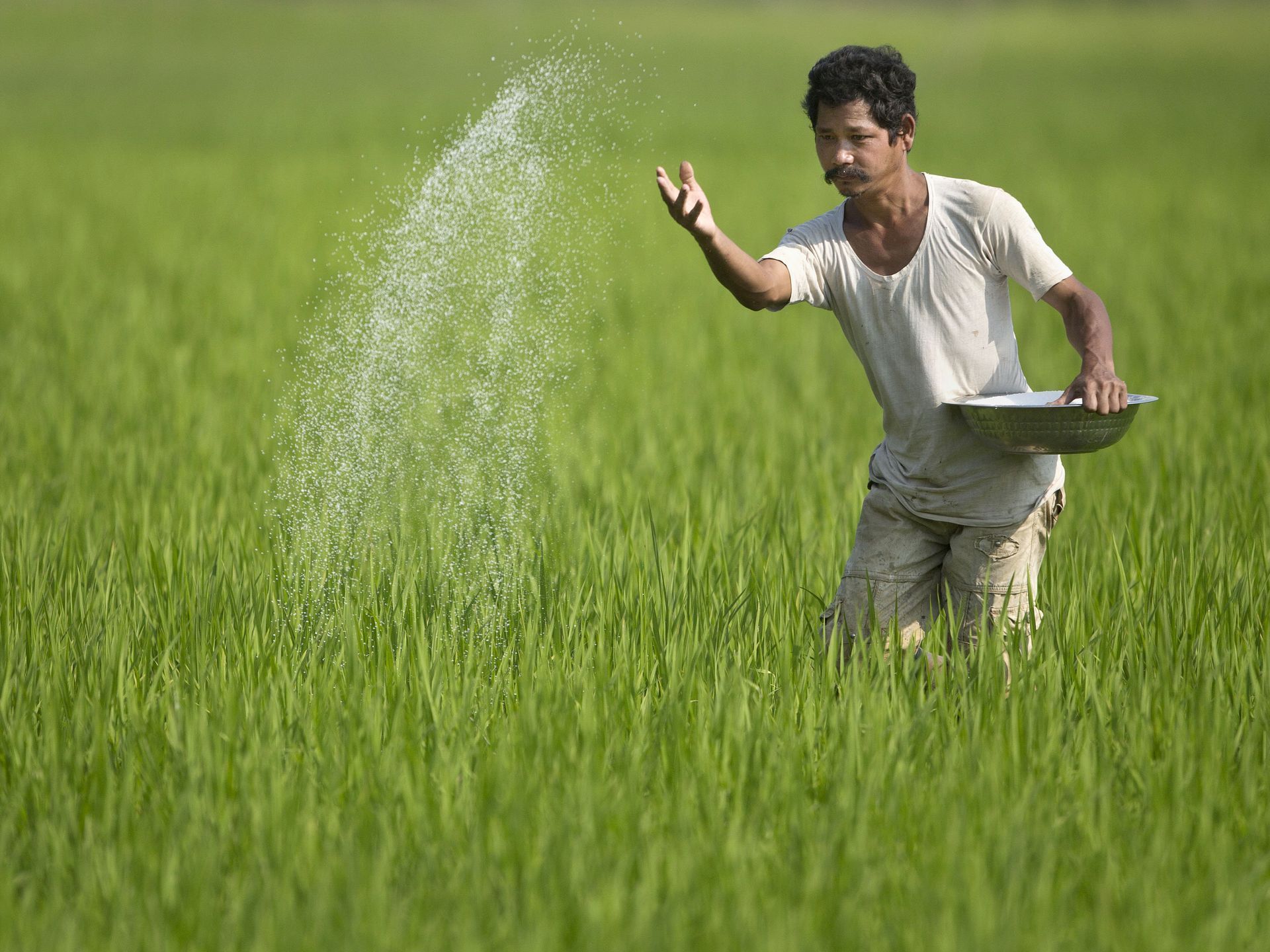
That 5G represents an exponential leap in technology is beyond doubt. However, most countries that have commercialized 5G so far largely find the technology still predominantly deployed as an upgraded replacement for 4G in terms of end use, with the industrial and public utility applications envisaged still at least a few years away.
On Agriculture front, the Finance Minister informed that Chemical-free Natural Farming will be promoted throughout the country, with a focus on farmers’ lands in 5-km wide corridors along river Ganga, at the first stage. Use of ‘Kisan Drones’ will be promoted for crop assessment, digitization of land records, spraying of insecticides, and nutrients. She said, to reduce dependence on import of oilseeds, a rationalised and comprehensive scheme to increase domestic production of oilseeds will be implemented.
As 2023 has been announced as the International Year of Millets, the government announced full support for post-harvest value addition, enhancing domestic consumption, and for branding millet products nationally and internationally.
ECLGS to soften pandemic blow
The Finance Minister underlined that the Emergency Credit Line Guarantee Scheme (ECLGS) has provided much-needed additional credit to more than 130 lakh MSMEs to help them mitigate the adverse impact of the pandemic. She, however added that the hospitality and related services, especially those by micro and small enterprises, are yet to regain their pre-pandemic level of business and after considering these aspects, the ECLGS will be extended up to March 2023. She informed that its guarantee cover will be expanded by Rs 50,000 crore to total cover of Rs 5 lakh crore, with the additional amount being earmarked exclusively for the hospitality and related enterprises.
Similarly, Credit Guarantee Trust for Micro and Small Enterprises (CGTMSE) scheme will be revamped with required infusion of funds. This will facilitate additional credit of Rs 2 lakh crore for Micro and Small Enterprises and expand employment opportunities. She informed
that Raising and Accelerating MSME Performance (RAMP) programme with outlay of Rs 6,000 crore over 5 years will be rolled out to make the MSME sector more resilient, competitive and efficient. Udyam, e-Shram, NCS and ASEEM portals will be interlinked and their scope will be widened.
A Digital University will be established to provide access to students across the country for world-class quality universal education with personalised learning experience at their doorsteps. This will be made available in different Indian languages and ICT formats. The
University will be built on a networked hub-spoke model, with the hub building cutting edge ICT expertise. The best public universities and institutions in the country will collaborate as a network of hub-spokes. Under Ayushman Bharat Digital Mission, an open platform
for the National Digital Health Ecosystem will be rolled out and it will consist of digital registries of health providers and health facilities, unique health identity, consent framework, and universal access to health facilities.
Budget has an allocation of Rs 60,000 crore to cover 3.8 crore households in 2022-23 for Har Ghar, Nal Se Jal. Current coverage is 8.7 crores and of this 5.5 crore households were provided tap water in the last 2 years itself. Similarly, in 2022-23, 80 lakh houses will
be completed for the identified eligible beneficiaries of PM Awas Yojana, both rural and urban and Rs 48,000 crore is allocated for this purpose.
In 2022, 100 per cent of 1.5 lakh post offices will come on the core banking system enabling financial inclusion and access to accounts through net banking, mobile banking, ATMs, and also provide online transfer of funds between post office accounts and bank accounts. This will be helpful, especially for farmers and senior citizens in rural areas, enabling interoperability and financial inclusion. To mark 75 years of independence, the government has proposed to set up 75 Digital Banking Units (DBUs) in 75 districts of the country by
Scheduled Commercial Banks to ensure that the benefits of digital banking reach every nook and corner of the country in a consumer-friendly manner. The issuance of e-Passports using embedded chip and futuristic technology will be rolled out in 2022-23 to enhance convenience for the citizens in their overseas travel.
On the Defence front, the Government reiterates its commitment to reducing imports and promoting AtmaNirbharta in equipment for the Armed Forces. Sixty eight per cent of the capital procurement budget will be earmarked for domestic industry in 2022-23, up from 58 per cent in 2021-22. Defence R&D will be opened up for industry, startups and academia with 25 per cent of defence R&D budget earmarked. The Finance Minister stressed that Public investment must continue to take the lead and pump-prime the private investment and demand in 2022-23 and therefore the outlay for capital expenditure in the Union Budget
is once again being stepped up sharply by 35.4 per cent from Rs 5.54 lakh crore in the current year to Rs 7.50 lakh crore in 2022-23. This has increased to more than 2.2 times the expenditure of 2019-20 and this outlay in 2022-23 will be 2.9 per cent of GDP. With this
investment taken together with the provision made for creation of capital assets through Grants-in-Aid to States, the ‘Effective Capital Expenditure’ of the Central Government is estimated at Rs 10.68 lakh crore in 2022-23, which will be about 4.1 per cent of GDP.
As a part of the government’s overall market borrowings in 2022-23, sovereign Green Bonds will be issued for mobilizing resources for green infrastructure. The proceeds will be deployed in public sector projects which help in reducing the carbon intensity of the economy. The Government proposed to introduce Digital Rupee, using blockchain
and other technologies, to be issued by the Reserve Bank of India starting 2022-23 for a more efficient and cheaper currency management system.
Govt reposes trust in the taxpayers
The budget proposes a new provision permitting taxpayers to file an Updated Return on payment of additional tax. This updated return can be filed within two years from the end of the relevant assessment year. Sitharaman said that with this proposal, there will be a
trust reposed in the taxpayers that will enable the assessee herself to declare the income that she may have missed out earlier while filing her return. It is an affirmative step in the direction of voluntary tax compliance.
The Central Government contributes 14 per cent of the salary of its employees to the National Pension System (NPS) Tier-I. This is allowed as a deduction in computing the income of the employee. However, such deduction is allowed only to the extent of 10 per cent of the salary in case of employees of the State government. To provide equal treatment, the budget proposes to increase the tax deduction limit from 10 per cent to 14 per cent on employer’s contribution to the NPS account of State Government employees as well.
In an effort to establish a globally competitive business environment for certain domestic companies, a concessional tax regime of 15 per cent tax was introduced by the government for newly incorporated domestic manufacturing companies. The Union Budget proposes to extend the last date for commencement of manufacturing or production under section 115BAB till 31st March, 2024.
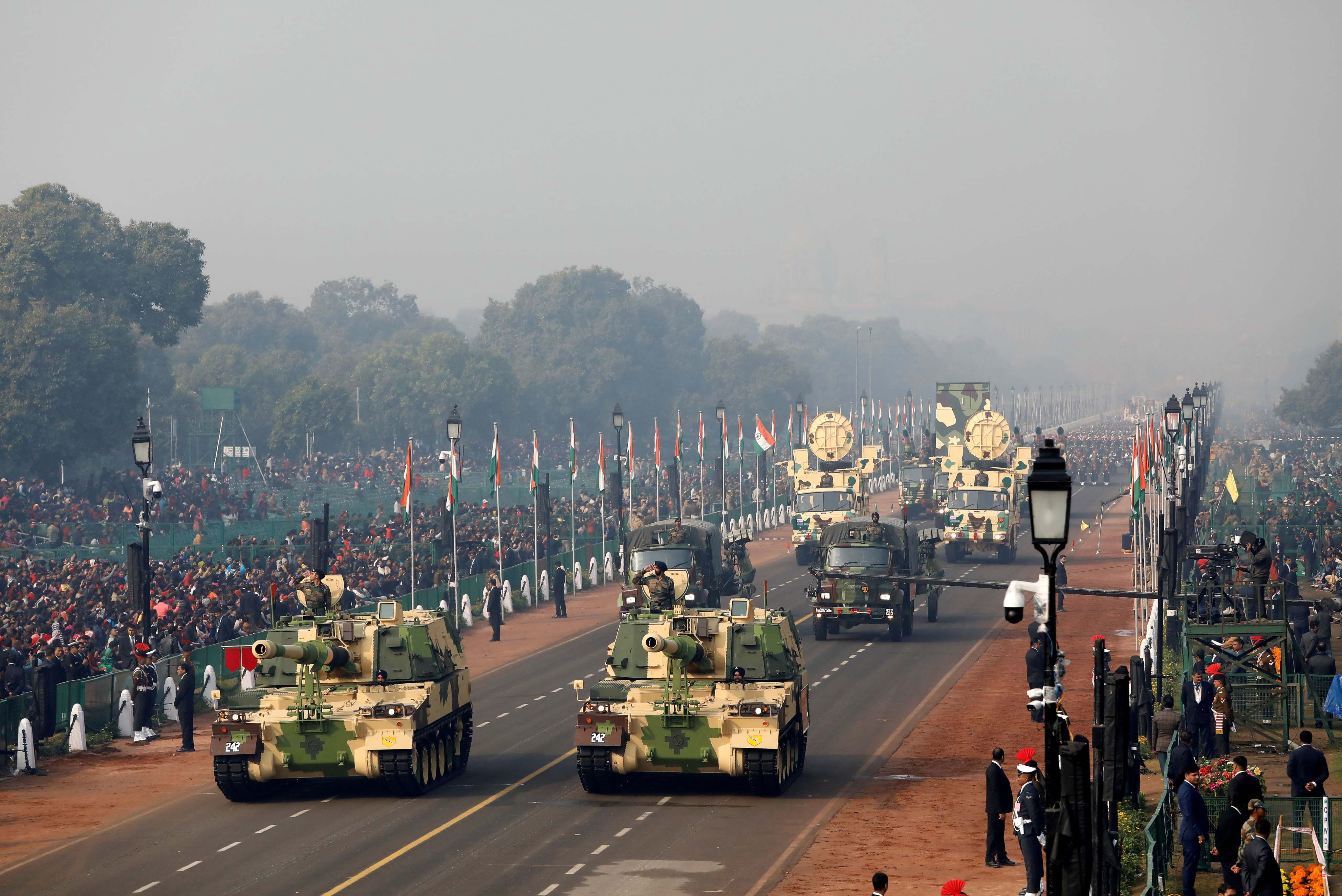
A final analysis would be that the economy is still in search of “double engine growth” that could help entrench the recovery from the last fiscal year’s record contraction. The question that hangs is if FM has missed an opportunity to address major issues through a combination of tax breaks for the middle class and cash handouts for the poor. The Minister herself acknowledges the role public capital expenditure could play. Yet, the Budget outlay of Rs 7.50 lakh-crore for the capital account marks just a 24.4 per cent increase from the
revised estimate of Rs 6.03 lakh-crore for the current fiscal. While the broad sweep of the public infrastructure envisioned by the programme could potentially be truly transformative if it were to be executed as imagined, the Budget is largely short on details where it concerns the specifics and pencils in some figures only for the roads and railways components.
The outlays for health care, rural development and national rural employment guarantee scheme have all shrunk as a percentage of overall expenditure in the Budget estimates for fiscal 2023 from the revised estimates for the current year, even if in some cases only marginally. That these sectors have been forced to bear the impact of the Government’s keenness to broadly stick to a fiscal consolidation road map — with the Budget projecting a narrowing of the fiscal deficit to 6.4% of GDP in 2022-23, from a revised estimate for 6.9% — reflects on its priorities. Government spending on health care ought to have instead been significantly increased, with the lessons from the ongoing pandemic’s first two waves serving to illuminate the need for a sizeable enlargement of the public health infrastructure. The Minister has tried to address the raging debate over how to deal with virtual currencies by adopting a twin-track approach. The RBI-issued Digital Rupee would leverage blockchain and other related technologies. In parallel, she intends to tax income from the transfer of any virtual digital asset at the rate of 30 per cent, with deduction allowed only for the cost of acquisition.
Key highlights
· India’s economic growth is estimated at 9.2% to be the highest
among all large economies.
· 60 lakh new jobs to be created under the productivity linked
incentive scheme in 14 sectors.
· Entering Amrit Kaal, the 25 year long lead up to India @100,
the budget provides impetus for growth.
· The scope of PM GatiShakti National Master Plan will encompass
the seven engines for economic transformation, seamless multimodal
connectivity and logistics efficiency.
· National Highways Network to be expanded by 25000 Km in 2022-23.
· Contracts to be awarded through PPP mode in 2022-23 for
implementation of Multimodal Logistics Parks at four locations.
· One Station One Product concept to help local businesses & supply chains.
· 400 new generation Vande Bharat Trains to be manufactured
during the next three years.
· National Ropeways Development Program, Parvatmala to be taken
up on PPP mode.
· Rs 2.37 lakh crore direct payment to 1.63 crore farmers for
procurement of wheat and paddy.
· ‘Kisan Drones’ for crop assessment, digitization of land
records, spraying of insecticides and nutrients.
· 130 lakh MSMEs provided additional credit under Emergency
Credit Linked Guarantee Scheme (ECLGS).
· Startups will be promoted to facilitate ‘Drone Shakti’ and for
Drone-As-A-Service (DrAAS).
· ‘One class-One TV channel’ programme of PM eVIDYA to be
expanded to 200 TV channels.
· An open platform for National Digital Health Ecosystem to be rolled out.
· Rs. 48,000 crore allocated for completion of 80 lakh houses in
2022-23 under PM Awas Yojana.
· New scheme PM-DevINE launched to fund infrastructure and
social development projects in the North-East.
· Vibrant Villages Programme for development of Border villages
with sparse population, limited connectivity and infrastructure on the
northern border.
· 100 per cent of 1.5 lakh post offices to come on the core banking system.
· e-Passports with embedded chip and futuristic technology to be
rolled out.
· Unique Land Parcel Identification Number for IT-based
management of land records.
· Scheme for design-led manufacturing to be launched to build a
strong ecosystem for 5G as part of the Production Linked Incentive
Scheme.
· Special Economic Zones Act to be replaced with a new
legislation to enable States to become partners in ‘Development of
Enterprise and Service Hubs’.
· 68% of capital procurement budget earmarked for domestic
industry in 2022-23, up from 58% in 2021-22.
· Government contribution to be provided for R&D in Sunrise
Opportunities like Artificial Intelligence, Geospatial Systems and
Drones, Semiconductor and its eco-system, Space Economy, Genomics and
Pharmaceuticals, Green Energy, and Clean Mobility Systems.
· Additional allocation of Rs. 19,500 crore for Production Linked
Incentive for manufacture of high efficiency solar modules to meet the
goal of 280 GW of installed solar power by 2030.
· Introduction of Digital Rupee by the Reserve Bank of India
starting 2022-23.









